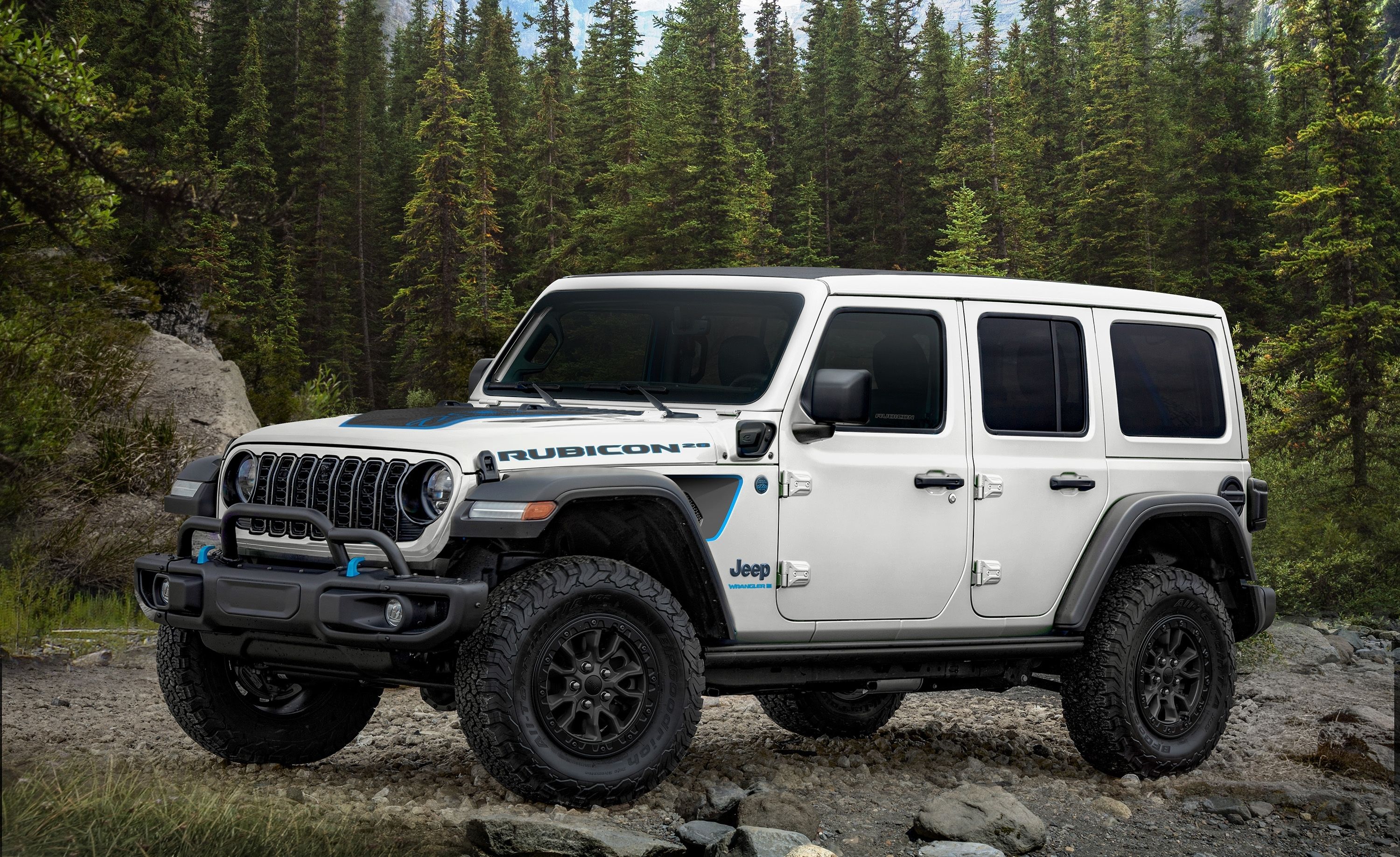
As we've noted countless times before, electric cars face a single fundamental flaw, and that is charging times. New EVs have a similar range to combustion-powered cars, but when it comes time to recharge, you're in for a long wait. Bigger batteries carry more weight and take longer to charge, but what if there was a way to make batteries smaller without impacting practicality? Well, that's the idea behind roads that can wirelessly charge your EV. Wireless charging is not a new concept, but it's only just starting to take off as an innovation that multiple automakers are trying to perfect. In an effort to become one of the first to nail the tech, Stellantis has joined a project that has resulted in a wireless charging circuit.
Dubbed Arena del Futuro, the new circuit was built by A35 Brebemi, the direct motorway link between Brescia and Milan, and featured input from Stellantis and various other international partners, universities, and public institutions. The 3,444-foot-long circuit has now been inaugurated. It's located on a private area of the autostrada and is powered with an electrical output of 1 megawatt. Now it's ready for field testing of the wireless charging technology. The first test vehicles have already racked up numerous miles "with more than encouraging results." If it goes well, Stellantis will have made a good investment and can look at bringing the tech Stateside.
Time magazine recently cited Arena del Futuro as one of the 100 most important inventions of 2021, and as you can imagine, the benefit of bringing this technology to the mainstream market cannot be understated. Anne-Lise Richard, Head of the Global e-Mobility Business Unit at Stellantis, says that "this is a cutting-edge solution to provide a concrete answer to the issues of range and charging, both of which customers are concerned about." This sort of thing will help Stellantis take its electrification strategies beyond just hybrids like the Wrangler 4xe, and if this tech becomes widely available, future EVs could get lighter in curb weight, cheaper to produce, and more practical to drive. Win-win-win.
